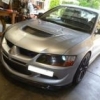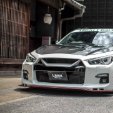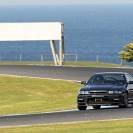Torque - Discussion, Physics, Displacement And Ideas
Announcements
-
Similar Content
-
Latest Posts
-
"Vidal Sassoon's illegitimate love child"? "Crew cut"? But "Clippers"? or "Just the clippers"? are currently sitting on top of the list, as this is what my hair style has been for the last 50 odd years
-
Sorry Greg. FD is sex on wheels. LS fits in the bay nicely too.
-
I like the Viper because it is ridiculous. I like the E Type because it is ridiculous. Cars with long bonnets and short rear decks that are ridiculous are as close to automotive perfection as you can get. The RX7 is also ridiculous. Therefore, given the above, also as good as it gets. I rest my case.
-
Suzuki Cappuccino beats them all... But the Toyota Will Vi beats the Cappuccino too... And I love the Dodge Viper, but not because it looks like/similar styling to an FD.
-






Recommended Posts
Create an account or sign in to comment
You need to be a member in order to leave a comment
Create an account
Sign up for a new account in our community. It's easy!
Register a new accountSign in
Already have an account? Sign in here.
Sign In Now